The following code will extract the region of interest (ROI) within the red rectangular annotations. Adjust the color as needed.
import requests
from io import BytesIO
import numpy as np
import scipy.ndimage as ndimage
from PIL import Image
# replace with your image loading routines
img = Image.open(BytesIO(requests.get('https://i.stack.imgur.com/7k5VO.png').content))
np_img = np.asarray(img)
red_parts = (np_img == (255, 0, 0, 255)).all(axis=-1) # find red parts of RGBA image
filled_rects = ndimage.binary_fill_holes(red_parts) # fill the rects to get a binary mask of ROI
rects_inner = filled_rects ^ red_parts # remove the red border
labelled_rects, num_rects = ndimage.label(rects_inner) # label/number each individual rect
ROIs = []
for i in range(1, num_rects + 1): # 0 is background
current_mask = labelled_rects == i
x, y = np.where(current_mask) # indices where current_mask is True (= area of interest)
sub_image = np_img[x.min():x.max(), y.min():y.max()] # extract image data inside rects
sub_image = sub_image[1:-1, 1:-1] # remove remaining red border (might be an image compression artefact, needs testing)
ROIs.append(sub_image)
pil_imgs = [Image.fromarray(roi) for roi in ROIs]
Which gives you the following images of the marked subcutaneous fatty tissue:






